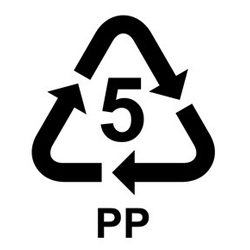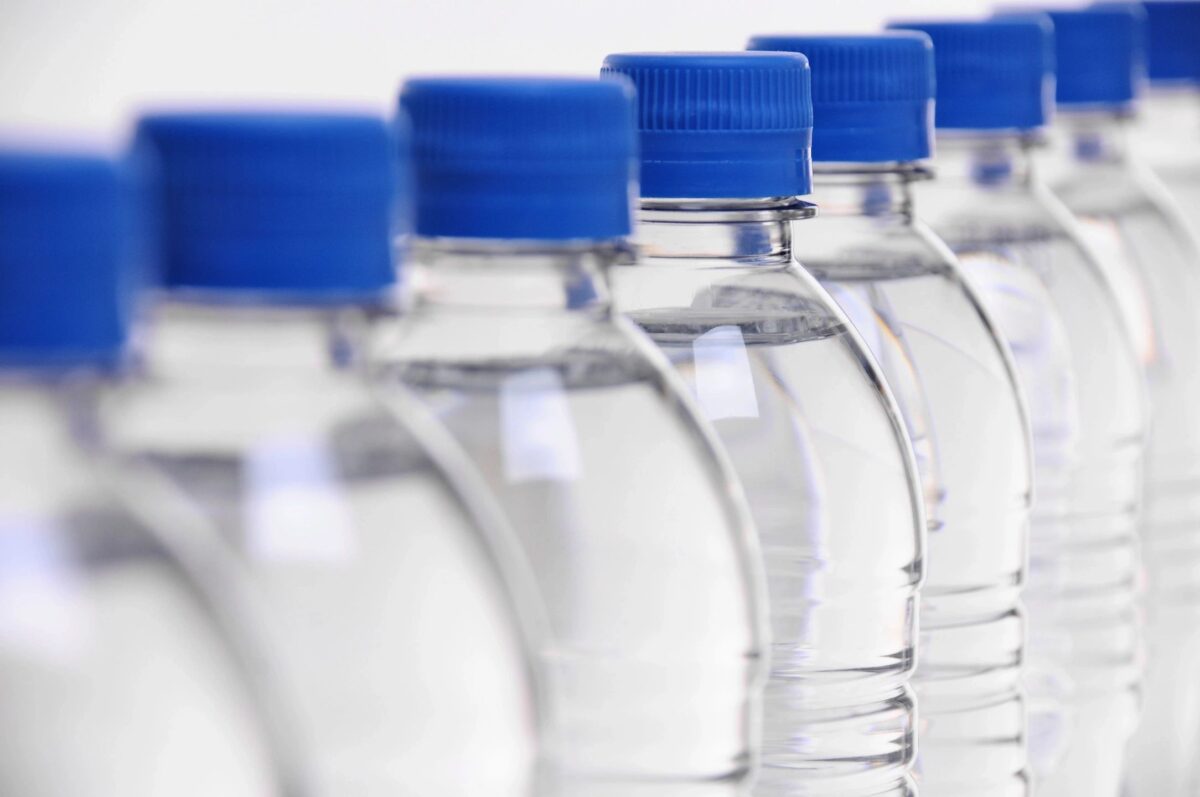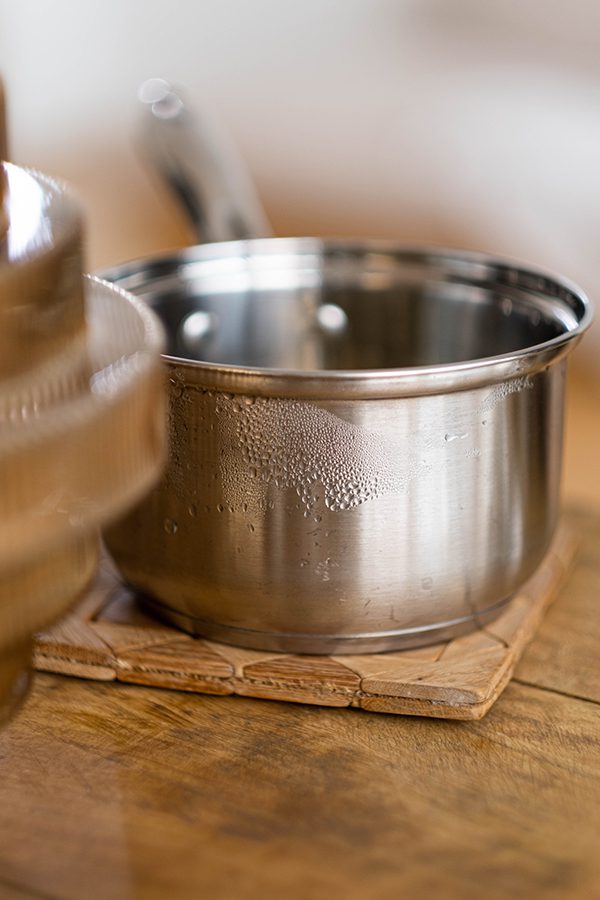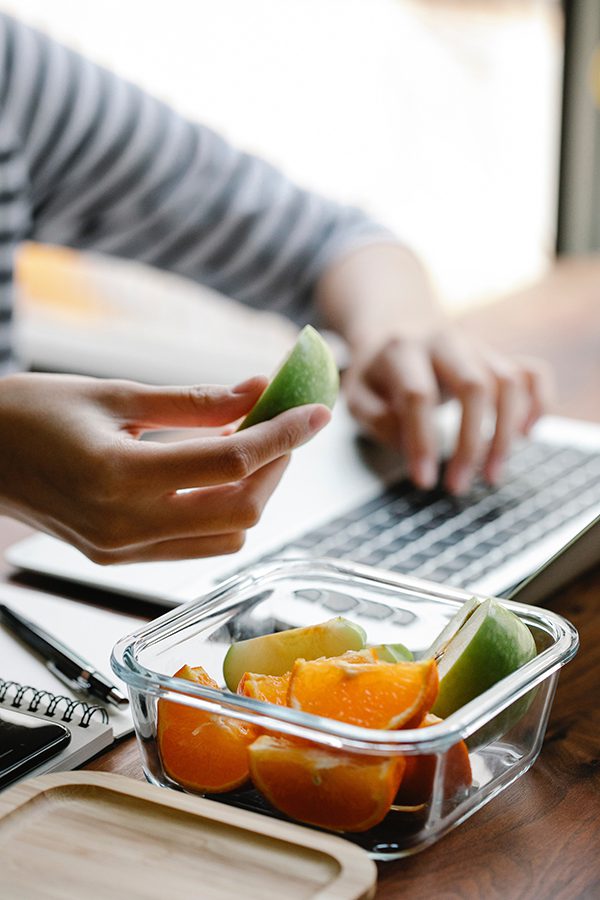Plastics have become a ubiquitous part of our daily lives, from food packaging to household items. While plastics offer many benefits, they can also pose potential health and environmental risks. In this blog post, we’ll explore the different types of plastics and their symbols, the potential health risks associated with certain plastics, and which ones to avoid when it comes to clean eating.
Understanding the Types of Plastic Symbols
To understand which plastics to avoid, it’s essential to know how to read the symbols on plastic products. The symbols, also known as resin codes, help identify the type of plastic used in a product. There are seven types of plastics, labeled from #1 to #7, with each having different properties and potential health and environmental impacts. Let’s take a closer look at each type:

Polyethylene Terephthalate (PET or PETE) –
This is the most common type of plastic used for food packaging and water bottles. PET is generally considered safe, but it can leach chemicals when exposed to high temperatures. PET can be recycled, but it is important to make sure the recycled PET is used in food-grade products.

High-Density Polyethylene (HDPE) –
HDPE is used in milk jugs, juice bottles, and other food containers. It is considered safe and has low risk of leaching chemicals. HDPE can also be recycled and is commonly used to make new bottles and containers.

Polyvinyl Chloride (PVC) –
PVC is commonly used in food wrap, meat wrap, and some plastic bottles. It is not recommended for food use as it can leach harmful chemicals such as phthalates and dioxins. PVC can also release harmful chemicals when it is burned or disposed of improperly.

Low-Density Polyethylene (LDPE) –
LDPE is used in plastic bags and some food wraps. It is considered safe and has a low risk of leaching chemicals. LDPE can be recycled, but it is not as commonly recycled as PET and HDPE.

Polypropylene (PP) –
PP is used in some food containers, including yogurt cups and ketchup bottles. It is considered safe and has a low risk of leaching chemicals. PP can be recycled, but it is not as commonly recycled as PET and HDPE.

Polystyrene (PS) –
PS is used in foam food containers and disposable cups. It can leach harmful chemicals, especially when exposed to high temperatures. PS is not commonly recycled and is often disposed of in landfills, where it can take hundreds of years to decompose.

Other –
This category includes all other plastics, including polycarbonate (PC) and bioplastics. These plastics can vary widely in their properties and potential health and environmental impacts, so it’s best to check with the manufacturer for specific information.
Potential Health Risks of Certain Plastics
While not all plastics are harmful, some have been linked to potential health risks. Here are some plastics to avoid:
PVC (symbol #3)
PVC contains phthalates that disrupt hormone levels, causing reproductive and developmental problems. Additionally, dioxins released by PVC are toxic and can persist in the environment.

Polycarbonate (PC, symbol #7)
PC contains bisphenol A (BPA), which has been linked to hormone disruption, reproductive issues, and other health concerns. BPA can also be found in some canned foods and other food packaging.

Polystyrene (PS, symbol #6)
PS can release styrene, a possible carcinogen, when it is heated. PS is also not commonly recycled and contributes to environmental pollution.

Other Plastics
It’s important to check with the manufacturer for information about other plastics, as they can vary widely in their properties and potential health and environmental impacts.

Which Type of Plastics to Avoid for Clean Eating
When it comes to clean eating, it’s best to avoid using plastics that can potentially leach harmful chemicals into your food. Here are some plastics to avoid:
PVC (symbol #3)
As mentioned earlier, PVC is not recommended for food use due to its potential health risks.

Polycarbonate (PC, symbol #7)
Look for BPA-free alternatives to polycarbonate containers and avoid using canned foods that contain BPA.

Polystyrene (PS, symbol #6)
Avoid using foam food containers and disposable cups made from PS.

Other plastics –
It’s best to check with the manufacturer for information about other plastics, especially if they are used for food packaging or storage.

Alternative Materials for Clean Eating
If you’re looking for alternative materials for clean eating, there are several options to consider:
Glass
Glass containers are a safe and durable alternative to plastic. They are also easy to clean and can be used for both food storage and heating.
Stainless Steel
Stainless steel containers are another safe and durable option. They are lightweight, easy to clean, and can be used for both cold and hot foods.
Silicone
Silicone containers are a flexible and lightweight option that is safe for use in the microwave and freezer. They are also easy to clean and can be reused multiple times.
Natural materials
Natural materials such as bamboo, wood, and cotton are also safe alternatives to plastic. Look for products made from sustainably sourced materials to reduce environmental impact.
Conclusion on Plastics
In summary, plastics are a ubiquitous part of our daily lives, but they can also pose potential health and environmental risks. Understanding the different types of plastics and their symbols can help you make informed decisions about which plastics to avoid, especially when it comes to clean eating.
While not all plastics are harmful, it’s important to be aware of potential health risks associated with certain plastics and to consider alternative materials for clean eating. By making conscious choices about the materials we use, we can reduce our impact on the environment and promote a healthier lifestyle.
Also Read: The Dirty Dozen 2023 List: 12 Foods You Should Buy Organic










